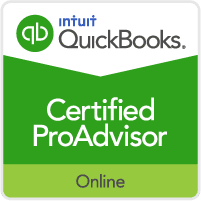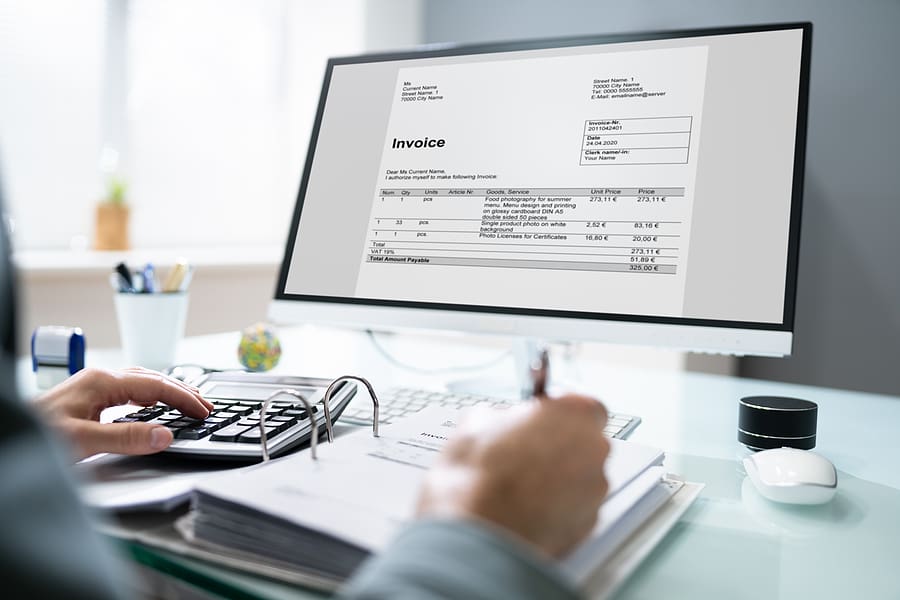Q4 Bookkeeping: A Timeline Checklist for Closing the Year
With the end of the fiscal year near, it’s time to review your financial books and prepare to close out the year. Through a process of reviewing, reconciling, and verifying all financial transactions, you can then accurately calculate the current year’s expenses and profit. This will include gross and net income, operating expenses, overall profitability, and what decisions will need to be made for the new fiscal year based on this information. Keeping accurate books and knowing exactly what needs to be done can help keep you on track and ready to close out the year successfully. The average accounting team needs approximately 25 days to complete the fiscal year closing activities, which means that developing a checklist to keep things on track is essential.

October: Preparing for Year-End Bookkeeping
Year-end closure should begin at the very beginning of Q4. For a year that runs from January to December, October is an essential month of preparation. The first steps for Q4, include:
Review financial records
Look for any outstanding open expense items in “ask my accountant”. This includes gathering all the P&L statements, cash flow reports, account balances, tax paperwork, and expense reports for the fiscal year. All documents need to be accurate and any missing information can be found and entered.
Organize receipts and invoices
If your company has been organized throughout the year, this task will be far less daunting. Gather all receipts for the fiscal year to assist with tax preparation, and look at all invoices to determine if there are any outstanding that will need to be addressed.
Set year-end financial goals
It may not be realistic to turn a company around in Q4, but it is possible to use the information you have from the previous quarters to set goals for the end of the year. If you had a total financial goal for the year, you can see what still needs to be done to meet that goal and focus on that in Q4.
Correct any W9 errors
Early in Q4 is the time to look carefully at all W9s and determine if there are any errors. If there are, the time to correct them is now, not in the final days before the end of the year.
November: Financial Clean-Up
As you move into November, look over the tasks you had on your list for October and finish up anything that is still open. If there are any issues that are ongoing, those will take priority.
New tasks for November include:
Reconcile accounts
Go through the ledgers and reports to make sure all accounts are reconciled and the balances match.
Resolve outstanding invoices and bills
To close out the year, all invoices and bills need to be taken care of. If anything is still outstanding in November, take the necessary steps to resolve the issue.
Review payroll records
As with the accounts, review the payroll records to ensure everything is accurate and up-to-date. If there are any issues, now is the time to find the discrepancies.
December: Finalizing Year-End Reports
If you’ve been working to close out the year for the past two months, December won’t be overwhelming. This is the time to finish the closing procedures, which include:
Prepare financial statements
Create a year-end P&L statement, cash flow analyses, and any other financial statement needed. Go through the statement carefully and make sure everything matches with the accounts, payroll, and expense reports.
Ensure compliance with tax regulations
Consult with tax professionals to make sure you have everything needed to file taxes in compliance with regulations.
January: Tax Preparation and Filing
The new quarter and year have started, but the previous year isn’t considered completely closed until the taxes are completed. To prepare for tax season:
Gather tax documents
If you have an outside tax preparation service, now is the time to gather all the completed tax documents and provide them to that preparer.
Calculate and pay any outstanding taxes
Your tax professional can help you calculate your tax responsibilities.
File 1099s
If you have any 1099 contractors, file the appropriate reporting forms now.
Ensuring Compliance
No matter the size of your business, keeping your books clean is essential, and this means having a strong year-end close. A clean year-end closure will ensure compliance with tax and financial regulations, as well as give you a thorough and accurate picture of the financial health of your business. If the balance sheets for the end of the year are not accurate, you may face serious legal and tax liabilities. Missing documentation and inaccurate records can invite audits, which may result in penalties and fines.
Best Practices for a Smooth Year-End Closure
The difficulty in year-end closing is often due to mistakes that were made during the year or gaps in financial recording. In Balance Bookkeeping Solutions can help you stay ahead of deadlines throughout the year for a smooth and stress free Q4.
Maintaining accurate and up-to-date financial records is not just a necessity, it’s a strategic advantage. Our bookkeeping service is dedicated to ensuring that your books are in perfect order, allowing you to focus on what you do best – growing your business. With our expertise, attention to detail, and commitment to excellence, you can trust that your financial records are in capable hands. Partner with us, and let’s help you create a more organized, efficient, and financially secure future for your business. We’re not just bookkeepers; we’re your trusted allies in financial success.






